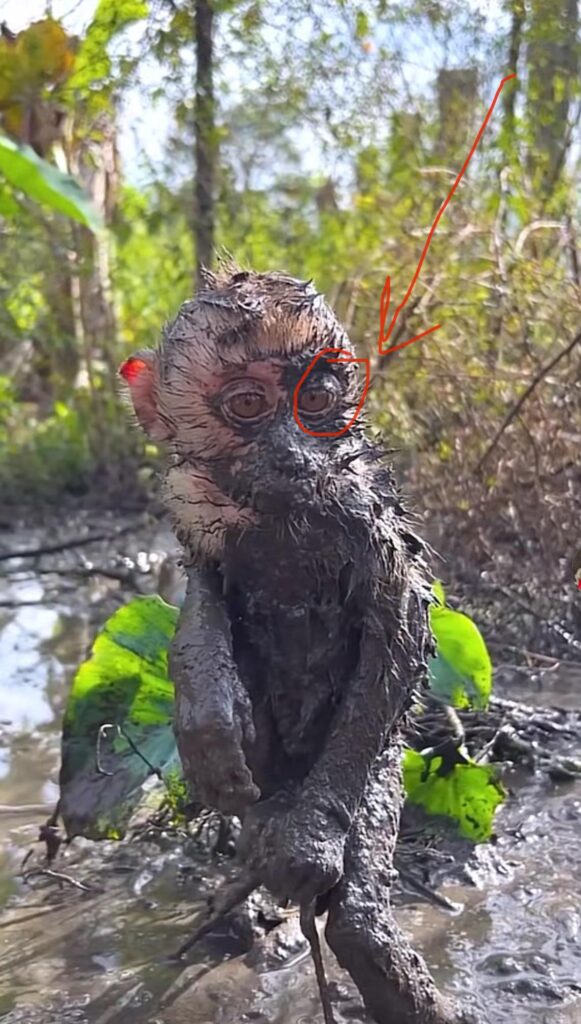
When Mom Libby first brought her baby, Noah, to the local swimming pool, she felt a mixture of excitement and nerves. Like many new parents, she wanted her child to grow up confident and safe in the water — but she also knew how delicate babies can be when introduced to something new. Over time, through patience, play, and gentle practice, Libby helped her baby learn to love the water and develop the first strokes of swimming.
Starting with Trust
Libby’s first priority wasn’t to teach technique or make her baby float — it was to build trust and comfort. She understood that babies mirror their parents’ emotions. If she appeared calm and happy in the water, her baby would feel the same.
So, she started simply. Holding Noah close to her chest, she stepped into the warm shallow pool, humming softly. She let the water touch his skin, allowing him to feel its texture and temperature. Each splash and ripple became a gentle introduction to a new world.
For the first few sessions, Libby didn’t focus on “swimming” at all. Instead, she made the water a fun, loving place — blowing bubbles, singing songs, and laughing together. Her consistent presence made Noah feel secure.
Introducing Movement
Once Noah felt comfortable in the water, Libby began to introduce simple movements. She supported his body with both hands, allowing him to float on his back while she maintained constant eye contact. “Good job, sweetheart!” she would say softly, reinforcing every small success with warmth and encouragement.
Floating taught Noah how to relax — one of the most important lessons for young swimmers. Libby kept each practice short, never pushing beyond Noah’s comfort zone. Babies tire quickly, and positive experiences were far more valuable than long sessions.
Making Learning Fun
To keep Noah engaged, Libby turned every moment into play. She brought colorful floating toys, sang “Row, Row, Row Your Boat,” and let Noah splash water around freely. When he reached for toys, he naturally began moving his arms and legs — the first steps toward coordinated swimming motions.
Games like these not only taught physical skills but also built confidence and curiosity. The water was no longer something unfamiliar; it became a place of joy and discovery.
Safety Comes First
Throughout the process, Libby never forgot the importance of water safety. She took a baby swimming safety class herself, learning how to properly support her child, recognize signs of fatigue, and handle unexpected situations.
She made sure the pool water was warm (around 32°C / 90°F) to prevent her baby from getting cold, and she always kept sessions short — usually between 15 to 20 minutes. Most importantly, she made sure Noah’s face was never forced underwater. Any dipping or submersion was introduced gradually and always in response to Noah’s comfort level.
Gradual Progress
Over the next few months, Noah’s confidence in the water blossomed. He began to kick his legs naturally, splash happily, and even blow bubbles with his mom. Each week brought small but meaningful milestones.
Libby learned that baby swimming wasn’t about speed or skill — it was about building lifelong comfort and safety around water. Even though Noah was too young to truly “swim” independently, he was already developing balance, muscle strength, and a deep love for the water.
Bonding Beyond the Pool
What surprised Libby the most was how swimming deepened the bond between her and her baby. Each moment in the pool was filled with laughter, skin contact, and shared discovery. The water became a space where they could communicate through smiles and gentle touches.
These experiences didn’t just teach Noah to swim — they built trust, emotional connection, and mutual confidence.


